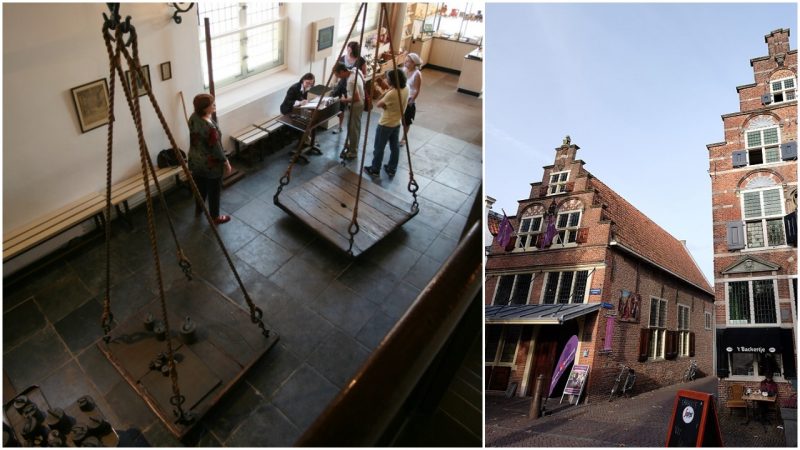Weigh houses were public buildings used for weighing crops or livestock before they were sold. These buildings were especially common in Germany and the Netherlands, where they were strictly built for this task. However, during the 16th and the 17th centuries, many of these buildings were used to try people accused of witchcraft.
There is a famous building of this sort in the Dutch city Oudewater called the Heksenwaag, which translates as the Witches’ Scales. Located in the center of the town along with other historic buildings, this official town building, now a museum, became famous in the 16th century.
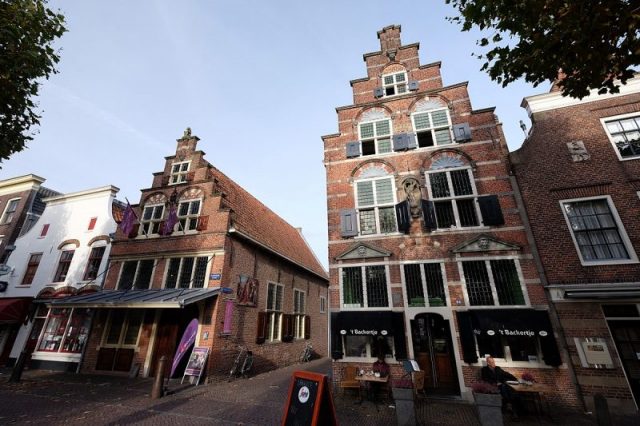
Accusing someone of witchcraft was not difficult, and almost always a simple rumor would be enough. What was virtually impossible was to prove innocence once charged with sorcery. It was already believed that witches used brooms to fly. So to be able to get in the air, a witch had to be light enough. Three main trials were used: trial by fire, by water, and by weight. Trials with water included people being submerged into the water with their hands and legs tied, to see if they floated or sank. If a person floated, they were a witch, while if they sank, they were considered innocent. Unfortunately, many of the accused would drown by the time the test was over. Trial by fire included walking barefoot over hot coals or having a hot iron pressed on the body because it was believed that humans burned more easily than witches.

Luckily for some of the accused, among the various ways of testing someone accused of witchcraft was to weigh them. Some of the Dutch cities at the time used weighing houses for witch trials, but unfortunately, weigh-masters were often bribed, and there were numerous cases where the accused were found to be light enough to fly on a broom and killed.
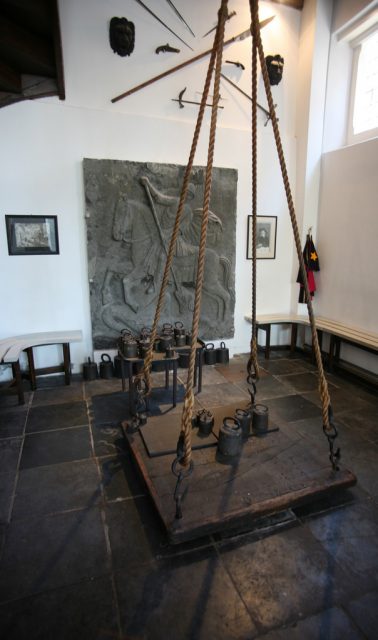
What made Oudewater’s Heksenwaag different was the fact that this weighing house always gave honest results and nobody was ever found to be a witch at this particular weigh house. People from all around Europe who were accused of being witches traveled to Oudewater in order to prove their innocence and escape punishment.
The Heksenwaag was officially recognized as the only one in Europe to offer a fair scale by the Holy Roman Emperor Charles V in the 16th century. The story says that the emperor had witnessed a rigged trial in a small village near Oudewater in 1545. A woman was accused of witchcraft, measured, and found guilty.
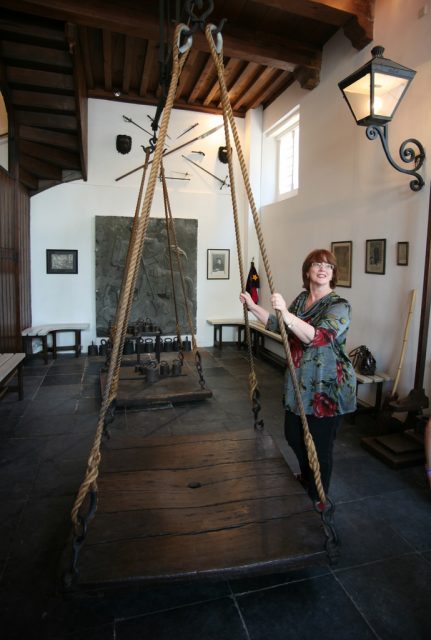
Charles V refused to believe that the woman could be so light, so he sent her to be weighed in Oudewater, which already had made a name for fair weighing. The accused woman weighed about 100 pounds, was found not guilty, and was released. Charles V even offered the weighmaster money for the task, but he refused to take it. The emperor was impressed by the weighmaster’s honor, so he gave the Heksenwaag the privilege of issuing official weigh certificates.
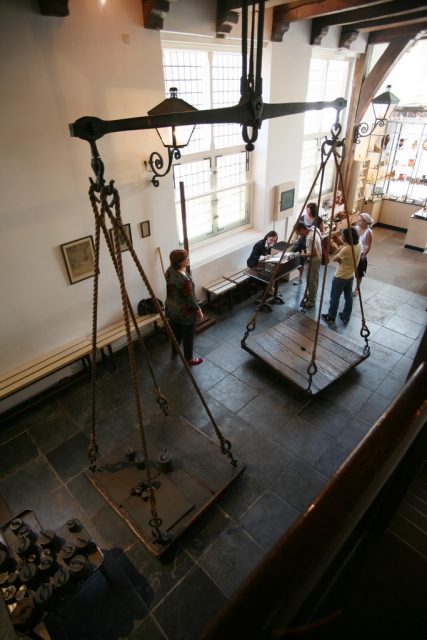
A person would be stripped of their clothes (so it was sure that they didn’t have anything hidden that would make them weigh more), given a gown and then placed on the scales. If their weight was reasonable for their size, they would later receive an official Certificaet van weginghe (a weight certificate) which proved them innocent. The accused had to pay for the license but any price seemed fair for the life-saving piece of paper.
The small museum is a two-story building located on the waterfront today. The original oak scales that date from 1480s are found on the ground floor. Only the ropes on the scales have been changed. Upstairs, there is a museum and an informative film about witch hunting. It is still possible to go to the museum, be weighed, and obtain a certificate that proves that you are not a witch.
